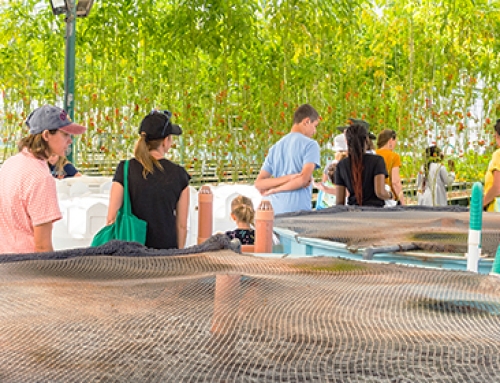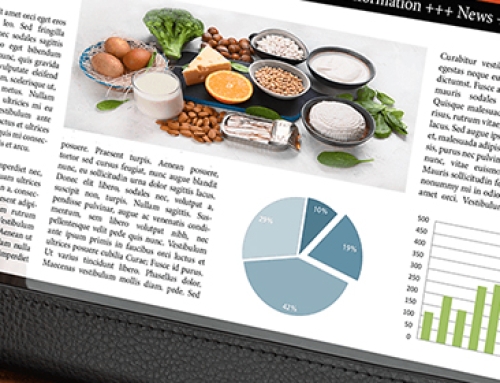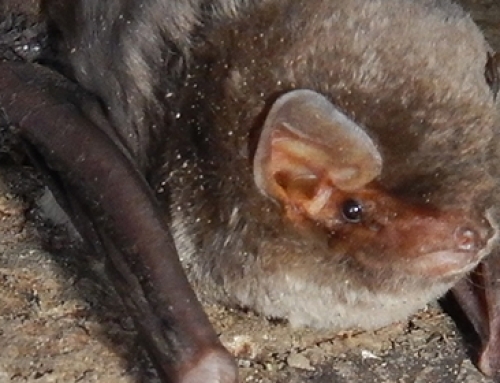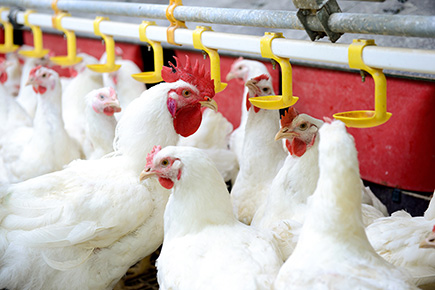
Previous studies have demonstrated that some chemical-physical characteristics of water might interfere with drug (antimicrobials and antielminthics) dissolution and stability, with the subsequent likelihood of enhancing antimicrobial resistance phenomena.
The lack of specific regulations on chemical-physical and microbiological quality of drinking water for livestock can represent a criticism not only in terms of animal health and welfare, but also of human health.
In fact, Reg. 852/2004/EC establishes requirements for livestock drinking water as“potable water or clean water, whenever necessary to prevent contamination to livestock production”without specifying any qualitative parameter for clean water.
Previous studies have demonstrated that some chemical-physical characteristics of water might interfere with drug (antimicrobials and antielminthics) dissolution and stability, with the subsequent likelihood of enhancing antimicrobial resistance phenomena.
Limited data are available regarding the chemical-physical and microbiological quality of drinking water for livestock. Moreover, as regards poultry and swine sector, groundwater is frequently used and no compulsory periodical checks are requested for this source of supply.
A team of researchers of Istituto Zooprofilattico Sperimentale delle Venezie (IZSVe) investigated this issue within the project IZS Ve 08/11, promoted by the Italian Ministry of Health and carried out with the collaboration of the University of Padova, department of Comparative Biomedicine and Food Science.
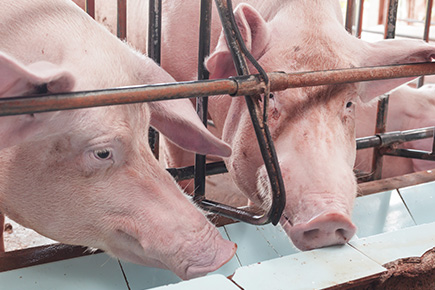
A team of researchers of the IZSVe investigated the chemical-physical and microbiological quality of drinking water in 28 swine farms and 28 turkey farms located in North-East Italy.
Research
28 swine farms and 28 turkey farms were recruited, either supplied with aqueduct water or with well water.
Chemical-physical and microbiological quality of drinking water was compared in 2 periods of the year (summer and winter) at 3 sampling sites:
- at the water source (A);
- in the tank where drugs are mixed for medicated water preparation (B);
- at the beginning of the nipple line (C).
Subsequently, the levels of antimicrobial resistance in indicator bacteria (Escherichia coli) from water and from animal faeces were determined.
Results
Chemical-physical and microbiological quality of drinking water
Results of chemical-physical analyses showed that the quality profile of both sources is frequently within the limit of tap water for human use. However, hardness ranged between 80-500 mg/l and in 70% of turkey farms and in 64% of pig farms exceeded 200 mg/l.

The study proved the poor microbiological quality in the tank where drugs are mixed for medicated water preparation and at the beginning of the nipple line. This evidences the need to improve cleaning/disinfection procedures of pipeline.
At site A, microbiological quality of well and aqueduct water was mostly within the limit of tap water for human use. However, both sources had a poor microbiological quality at site B and C (e.g. up to 4,400 CFU/100 ml of E. coli in well water and 1300 CFU/100 ml in aqueduct water).
Salmonella (S. kentucky) was isolated only in one turkey farm with well at site A, both in summer and winter. Campylobacter spp. was never isolated from pig farms and isolated only twice from turkey farms (one with well and another with aqueduct supply) at site B and C.
Levels of antimicrobial resistance
Antimicrobial test against a panel of 14 drugs evidenced a high level of resistance in E. coli isolated from feces and from drinking water in both pigs and turkeys farms.
In turkey farms antimicrobial resistance level was alarming against some active principles classified by World Health Organization as critically important for human medicine (WHO, 2015). In particular, over 80% of strains showed resistance against ampicilline ciprofloxacin and streptomycin.
Conclusions
Chemical-physical profile indicates some criticisms mainly limited to hardness. Microbiological quality of water sampled in different points of the distribution plant evidences the need to improve cleaning/disinfection procedures of pipeline. Another criticism is related to the high levels of antimicrobial resistance found both in water and in faeces.
The results of the present study highlights the need for improving the quality of water vehicle to guarantee the appropriate drug administration and dosage to animals, by taking into account stability, solubility, real concentration of the active principle and the massive colonization of pipeline by water microbiota.




